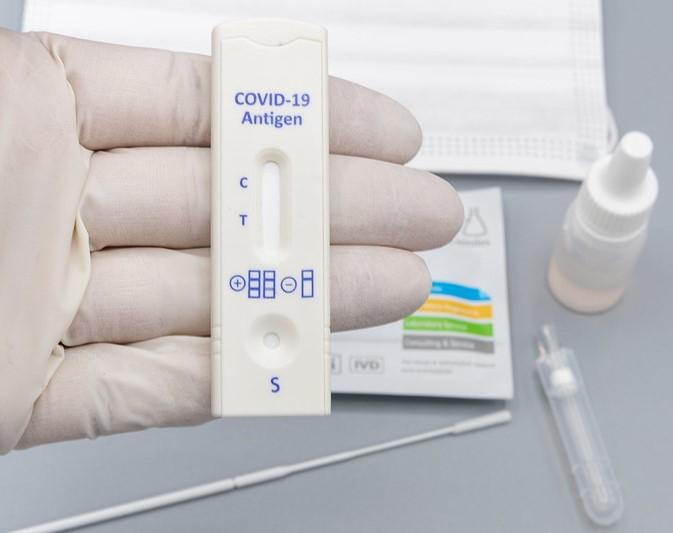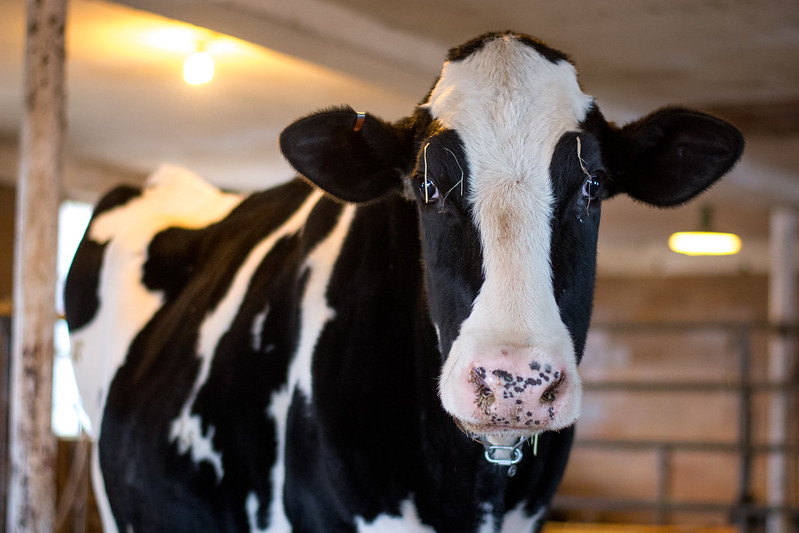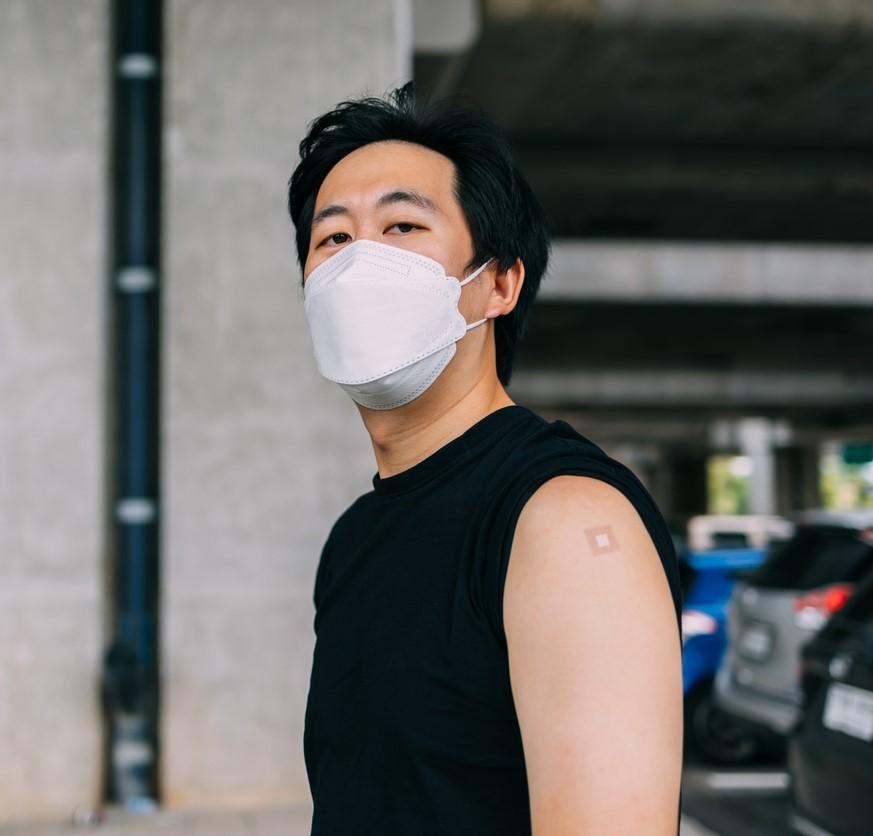As the United States heads into the Labor Day holiday weekend and with schools resuming, COVID-19 activity continues to rise in many areas, but it's showing early signs of decline in others, the Centers for Disease Control and Prevention (CDC) said today in its data updates.

Wastewater SARS-CoV-2 detections are still at the very high level and are highest in the South. Though levels are dropping in the West, they are rising in the South, Midwest, and Northeast, the CDC said.
Meanwhile, wastewater tracking from WastewaterSCAN shows that detections nationally are still at the high level, with no clear trend up or down over the past 3 weeks. The group, however, noted an upward trend in the Midwest. WastewaterSCAN is a national wastewater monitoring system based at Stanford University in partnership with Emory University.
KP.3.1.1 levels climb; hospitalizations elevated
In updated variant proportion estimates today, the CDC said the level of KP.3.1.1—a JN.1 offshoot thought to more easily evade immunity from earlier infection and vaccination—continues to rise sharply and is at 42.2%, up from 29.5% 2 weeks ago.
Among the CDC’s other COVID indicators, national test positivity is at 17%, down a hair since the previous week. Positivity is higher in Texas and surrounding states and in the lower Midwestern states than in other parts of the country. Emergency department visits declined from the previous week and are highest in parts of the South and Southeast.
Hospitalizations from COVID remain elevated, especially in seniors and in children younger than 2 years old, the CDC said in its weekly respiratory illness summary.
Deaths from COVID-19, though still low, rose last week and were at the highest level in Kentucky.















